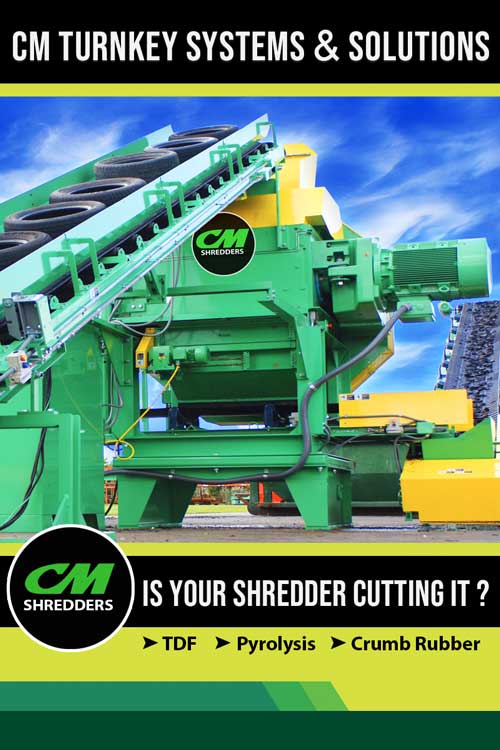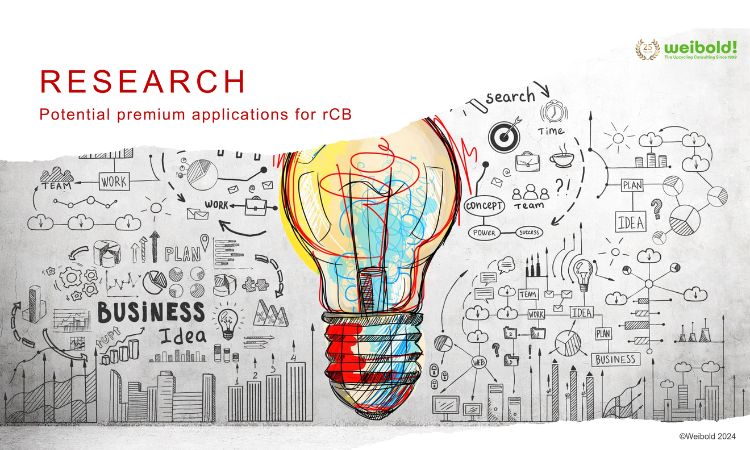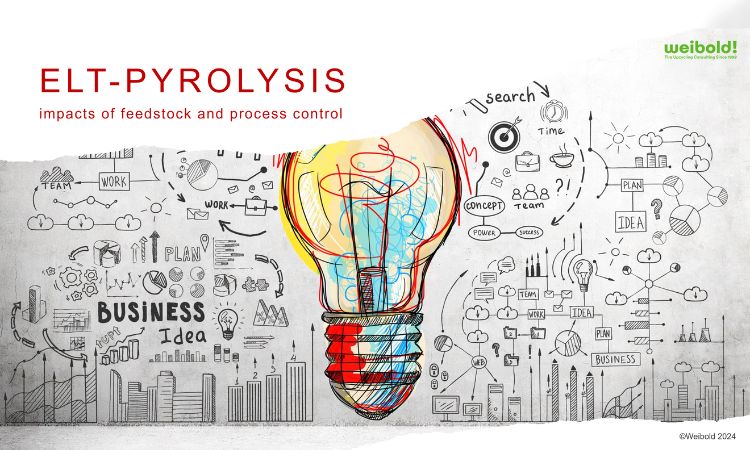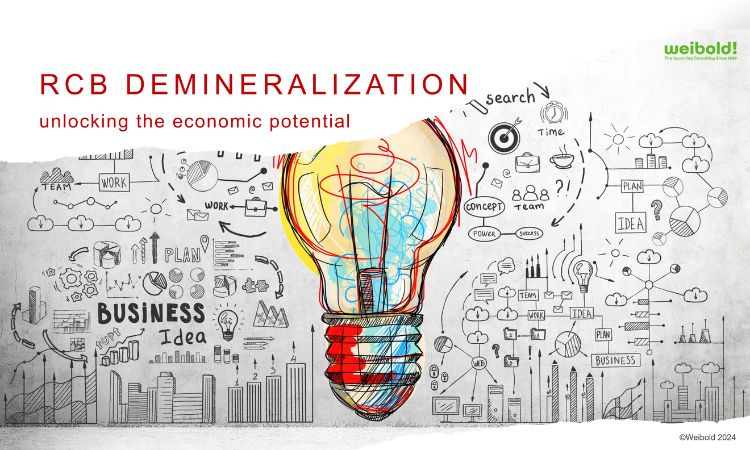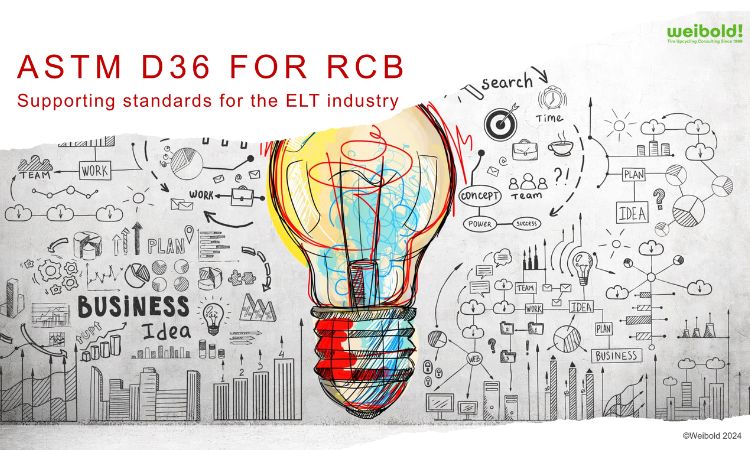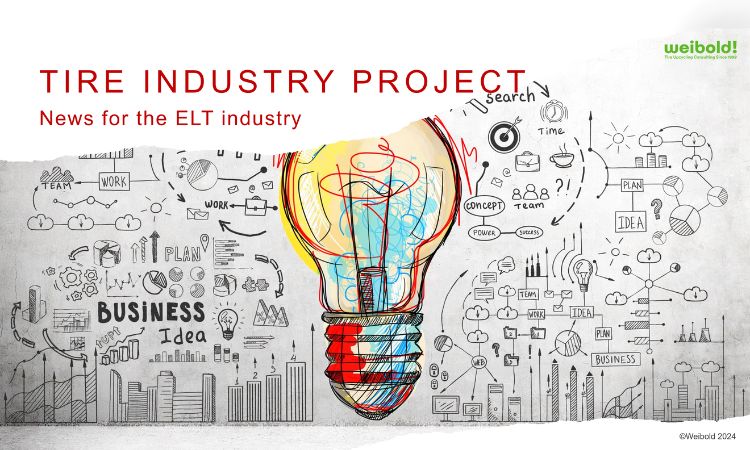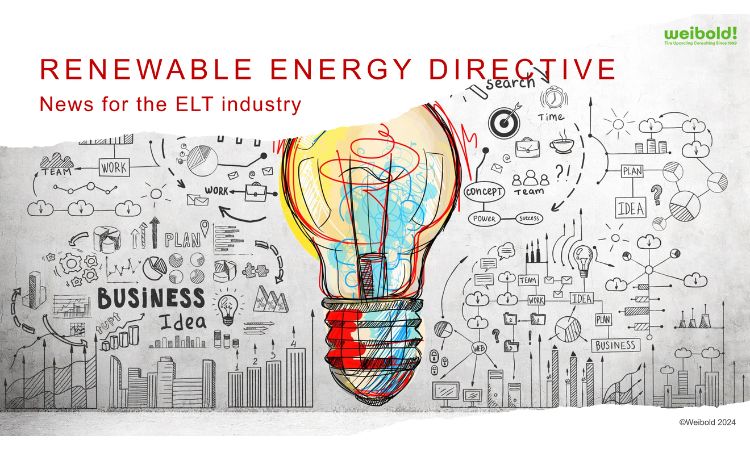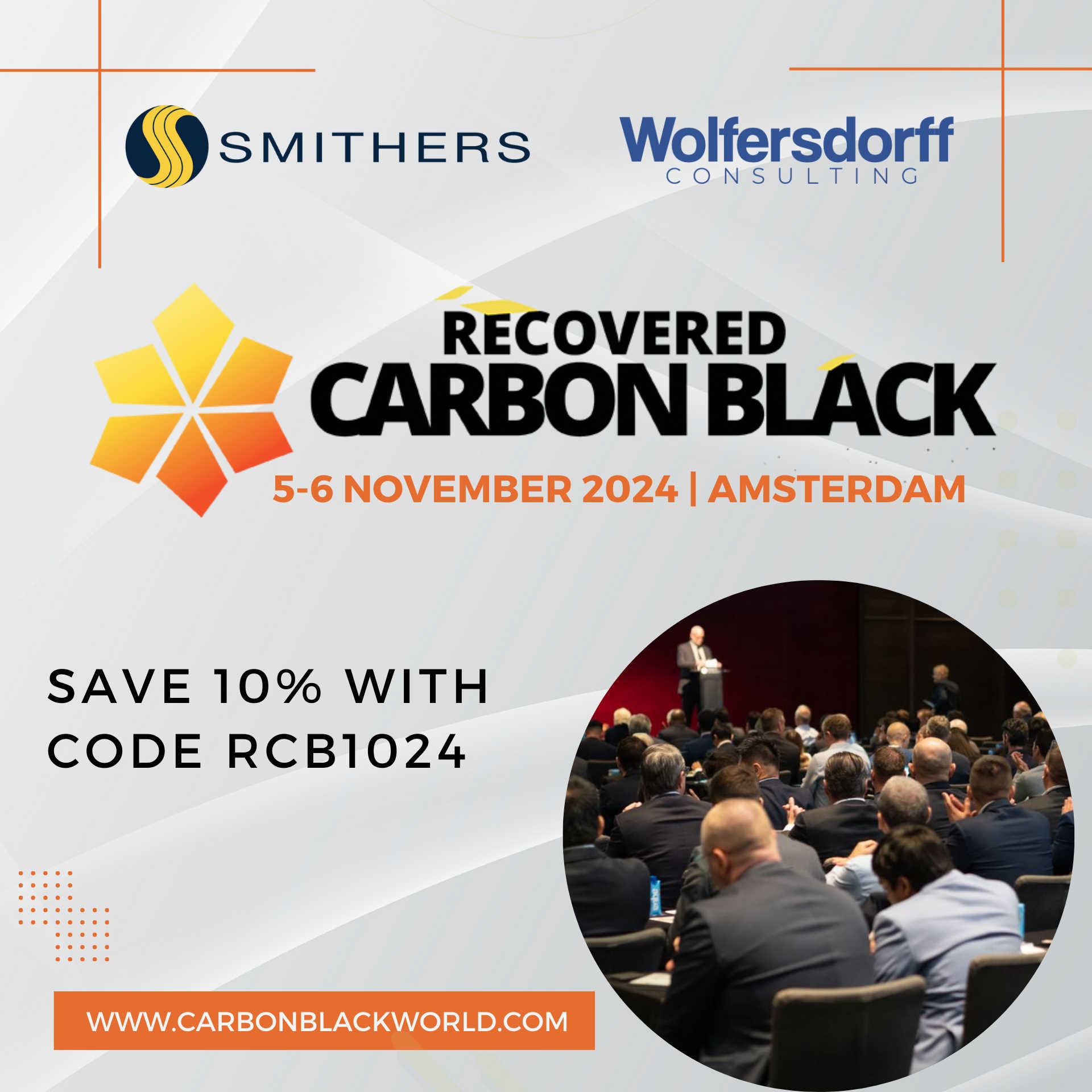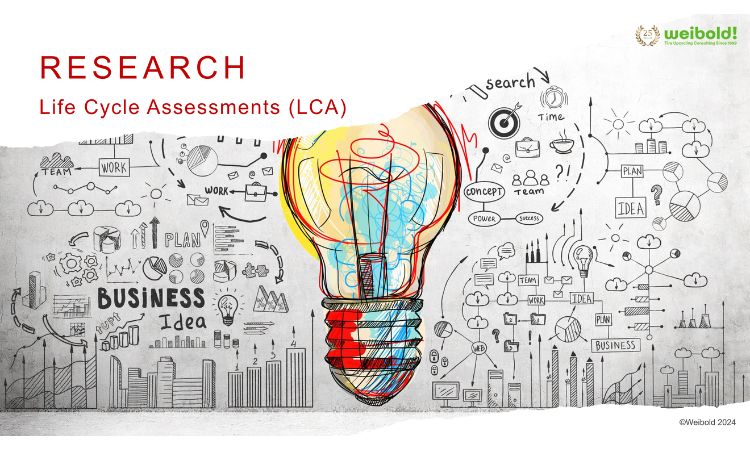
Weibold Academy: Life cycle assessment: A strategic tool for the tire pyrolysis industry
As millions of tires reach the end of their usable lives each year, their disposal poses significant environmental challenges. Durable and non-biodegradable end-of-life tires (ELTs) contribute to growing landfill volumes, create fire risks, and release toxins when improperly handled. Tire pyrolysis, a process that thermally decomposes tires in an oxygen-free environment to recover valuable materials, offers a promising solution to this problem. However, in an industry facing scrutiny from regulators, investors, and consumers, proving this process's environmental and economic benefits is crucial. Life Cycle Assessment (LCA) has emerged as a critical tool for tire pyrolysis companies to evaluate their impact, identify efficiencies, and build credibility.

